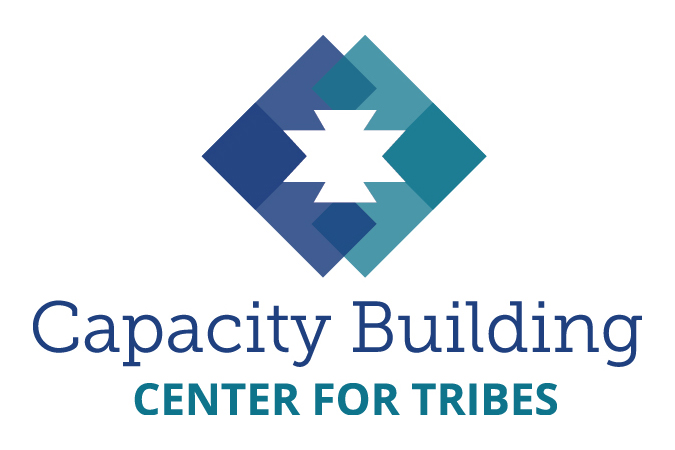Form 1 Tribal Organizational Assessment Community Provider Inte
Evaluation of the Child Welfare Capacity Building Collaborative
Tribal Organizational Assessment Community Provider Interview_revised
Tribal Organizational Assessessment Community Provider Interview
OMB: 0970-0484
THE
PAPERWORK REDUCTION ACT OF 1995 (Pub. L. 104-13) Public reporting
burden for this collection of information is estimated to average 75
minutes per response, including the time for reviewing instructions,
gathering and maintaining the data needed, and reviewing the
collection of information. An agency may not conduct or sponsor, and
a person is not required to respond to, a collection of information
unless it displays a currently valid OMB control number.
Community Provider
Interview Protocol
Interviewer Name:
|
Interview Date:
|
Interviewee Name:
|
Interviewee Tribe:
|
I’d like to begin by having you briefly describe your organization—what it does and how it works with children or families involved with child welfare.
What program do you work with?
What is your position?
Is your organization operated by the tribe or is it a non-tribal entity?
What types of services does the organization provide to children/families involved in the tribe’s child welfare system?
Are there other organizations in the community that provide similar services?
What are the criteria for tribal children/families to receive services from your organization?
What services are you most proud of or feel are the most successful?
Does your tribe/community have a functioning Child Protection Team (CPT) and/or Multidisciplinary Team (MDT)?
What is the purpose of these teams?
How do these teams function?
Does your agency have a representative on the CPT/MDT? How could your program work more effectively with the CPT/MDT? What are the greatest T/TA needs of the CPT/MDT?
Please talk about any collaborative relationship or partnership, formal or informal, you have with the tribal child welfare program, the BIA, or the State.
Does your organization have a formal working agreement with the tribe, State, or BIA?
How would you describe the quality of the working relationship between your organization and the tribal child welfare program? What works well? What is most challenging?
What partnerships (both formal and informal) does your program call upon to help meet the needs of the tribal children/families you serve?
What strategies do you use to partner/collaborate with other organizations?
What community relationships/partnerships are the most challenging? Why?
How does your organization receive compensation for its services to tribal children/families?
Possible sources of funding to suggest: Contracts with tribe; Medicaid reimbursement; private insurance; Indian Health Services; client direct payment
Is payment for services ever a problem in serving tribal children/families? If so, in what ways?
Please describe your program’s philosophy around engaging and working with the tribal families and the community or communities you serve.
If asked how they view your program, what do you believe members of the tribal community would say?
Have tribal families and community members been involved in planning and decision-making for your program’s services?
How important are community partnerships in assisting tribal children/families to achieve goals?
How well do you believe your organization does in being responsive to the cultural needs of the tribal children/families you serve?
Has your organization’s staff received training on culturally responsive practice with American Indian children/families?
What cultural issues seem to be foremost for the tribal families you serve?
What cultural modifications has your program made to make your services more relevant to tribal families (i.e., incorporation of language, values, traditions, spiritual practices; understanding of traditional family roles)?
What input has your program solicited and/or received from tribal community members, elders, and/or spiritual leaders to make it more culturally relevant?
What are the major challenges or needs you address with the tribal children/families you serve?
What kinds of services—in addition to your program—are available in your community to address these challenges?
Which needs of families do you feel are not being fully met? Do any of these needs typically remain unmet?
Do you, or someone from your program, ever find yourself working with the tribal law enforcement and/or court system as part of serving tribal children/families? If so, please briefly describe your experiences in this regard.
How well does your program partner with law enforcement? How could your program work more effectively with law enforcement? What are the greatest T/TA needs of law enforcement?
How well does your agency partner with the Tribal and/or state/county court?
How could your agency work more effectively with the courts?
What are the greatest T/TA needs of your Tribal and/or state/county court systems?
How would you summarize the greatest strengths of your program?
How would you summarize the most important challenges you face?
| File Type | application/msword |
| File Title | Broad questions/topic areas for Child Welfare Directors’ interviews |
| Author | Nancy Lucero |
| Last Modified By | Tojuana Riley |
| File Modified | 2016-08-24 |
| File Created | 2016-02-08 |
© 2025 OMB.report | Privacy Policy